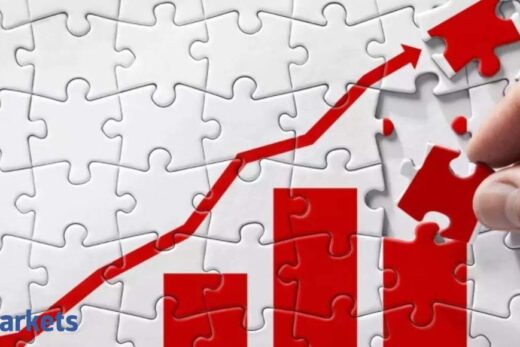Amid hopes the worst of this latest pandemic wave has passed as vaccines roll out, market-based inflation expectations are creeping higher again. Some gauges from the swaps and index-linked bond market hit their highest in over two years in the United States this week and in more than 12 months in the euro zone.
Regardless of pledges of easy central bank money ahead, the cost of long-term borrowing is following suit. Thirty-year U.S. and German government bond yields hit their highest since the pandemic unfolded, with the latter turning positive on Thursday for the first time since March and yield curves steepening to their highest in almost four years.
What’s for sure is a jump back in headline inflation rates – much like the rebound to almost 1% in the euro zone in January after five months of falling prices – is now largely inevitable everywhere.
Annual base effects from last year’s sales tax cuts and 12-month price comparisons against pandemic-driven energy, food and commodity price slumps of last spring will ensure several months of sparky headlines ahead.
United Nations data shows annual food price inflation was running above 10% last month, thanks mostly to surging cereal prices, and the index it compiles was at its highest since 2016.
At just under $60 per barrel, world crude oil prices turned positive again year-on-year in February. If they just stay here for the next three months the collapse in Brent crude to as low as $15 through March and April of last year will start to feed a skull-thumping annual energy price pulse to inflation numbers.
What’s more, COVID-related disruption to supply lines has spurred shipping and transport costs too, with the likes of the RWI/ISL Container Throughput Index hitting record highs late last year, with annual rises above 5% for the first time since 2018.
Whether that is just transient around a reboot of the world economy or whether it gets entrenched in long-term inflation assumptions is the central issue – as with all inflation spikes.
Policymakers and central banks seem relaxed and prepared to see through it – even if neither the U.S. Federal Reserve nor the European Central Bank have any specific yield caps to soothe anxious bond markets in the interim.
Chicago Federal Reserve chief Charles Evans said on Wednesday he saw a spring inflation pop as temporary and headline rates would return to between 1.5-1.75% by the end of the year. Even 2.5-3.0% wouldn’t be a problem in the meantime, he said, as the Fed was now targeting an average 2% rate over time.
The Congressional Budget Office’s long-range forecasts from last week were also serene – showing core U.S. inflation below 2% until 2024 and averaging just 2.1% from then through 2031.
MAGIC NUMBER
So shouldn’t these short-term mechanical effects all be embedded in market pricing by now already?
After all, many investors appear convinced the bumpy inflation ride this year will abate – as economists doubt commensurate pay rises will follow, given jobless rates are still high and even assuming possible minimum wage hikes.
And yet incoming official numbers are not playing ball with forecasts and Citi’s global inflation surprise index turned positive in January for the first time since December 2018.
And if inflation surprises are in store for the next six months, erratic market risk alone may make investors jumpy.
For multi-asset investors at least, the sustainability of super low long-term borrowing rates has been the central force driving the sky-high valuations that overall equity indices now enjoy. And even marginal moves in nominal bond yields from here could trigger an outsize correction.
Pascal Blanque, Chief Investment Officer at Europe’s biggest asset manager Amundi, said this week that 10-year Treasury yields were less than 20 basis points from forcing that rethink.
“Should 10-year yields rise further, equity market performance will be challenged. A 1.3% level for the UST 10Y would, in our view, test the market,” he said, adding he didn’t see this soon but it underlined the need for some hedging.
Others, such as Pinebridge multi-asset chief Mike Kelly, think that equity trigger may be much higher and closer to 2%.
But Kelly questions why the Fed would even contemplate that. “If you advocate fiscal authorities should spend more, why would you then let the rate curve take away the benefit?” he said.
In the absence of overt yield caps, uncertainty will build around just how high bond borrowing rates could go during this inflation storm before knocking over interest rate-sensitive, or ‘duration’ positioning in equities, commodities and currencies.
For Bank of America strategists, the “magic number” comes down to relative income for many investors. Its year-end forecast of 1.75% for 10-year Treasury yields puts it above the dividend yield on more than half of S&P500 stocks – compared with 70% of stock yields topping bonds today.
While other metrics on past tipping points put a crunch point much higher, the picture has changed since the last crash in 2008, the BofA team added, and since then average recommended stock allocations have been just 50% with Treasuries above 1.5%.



